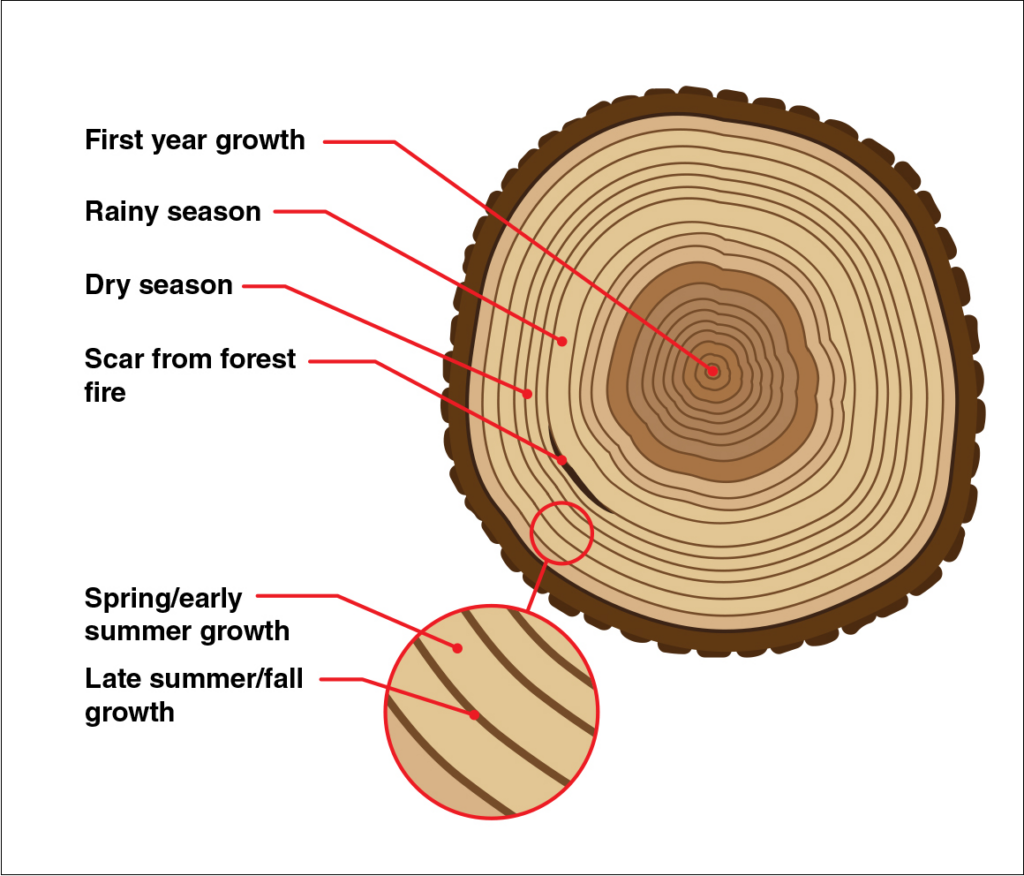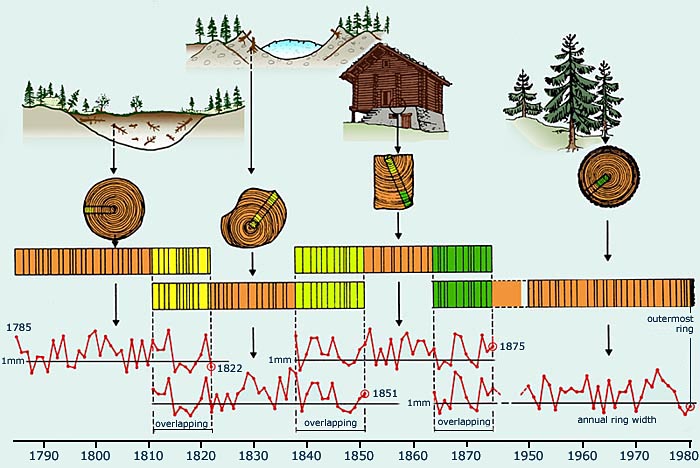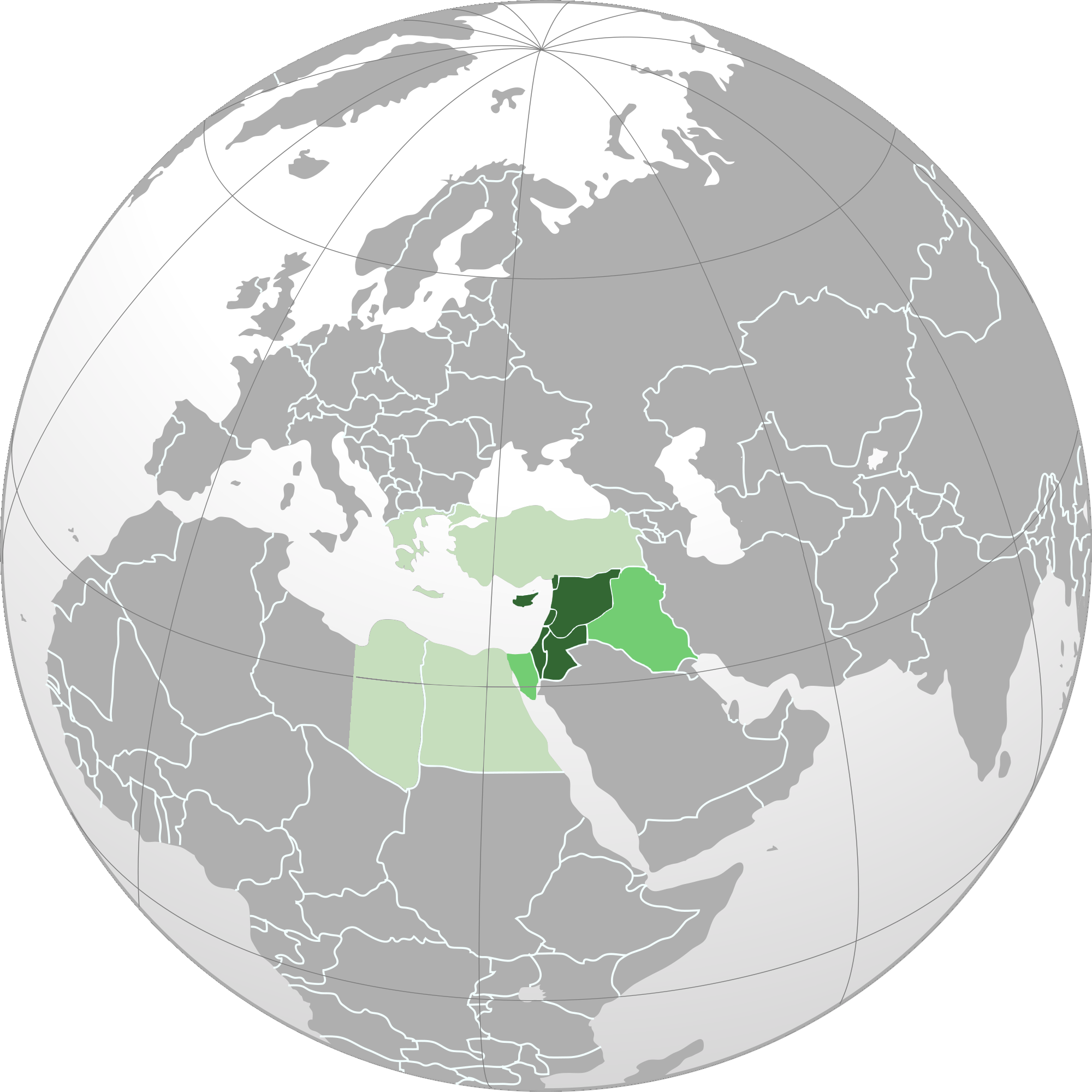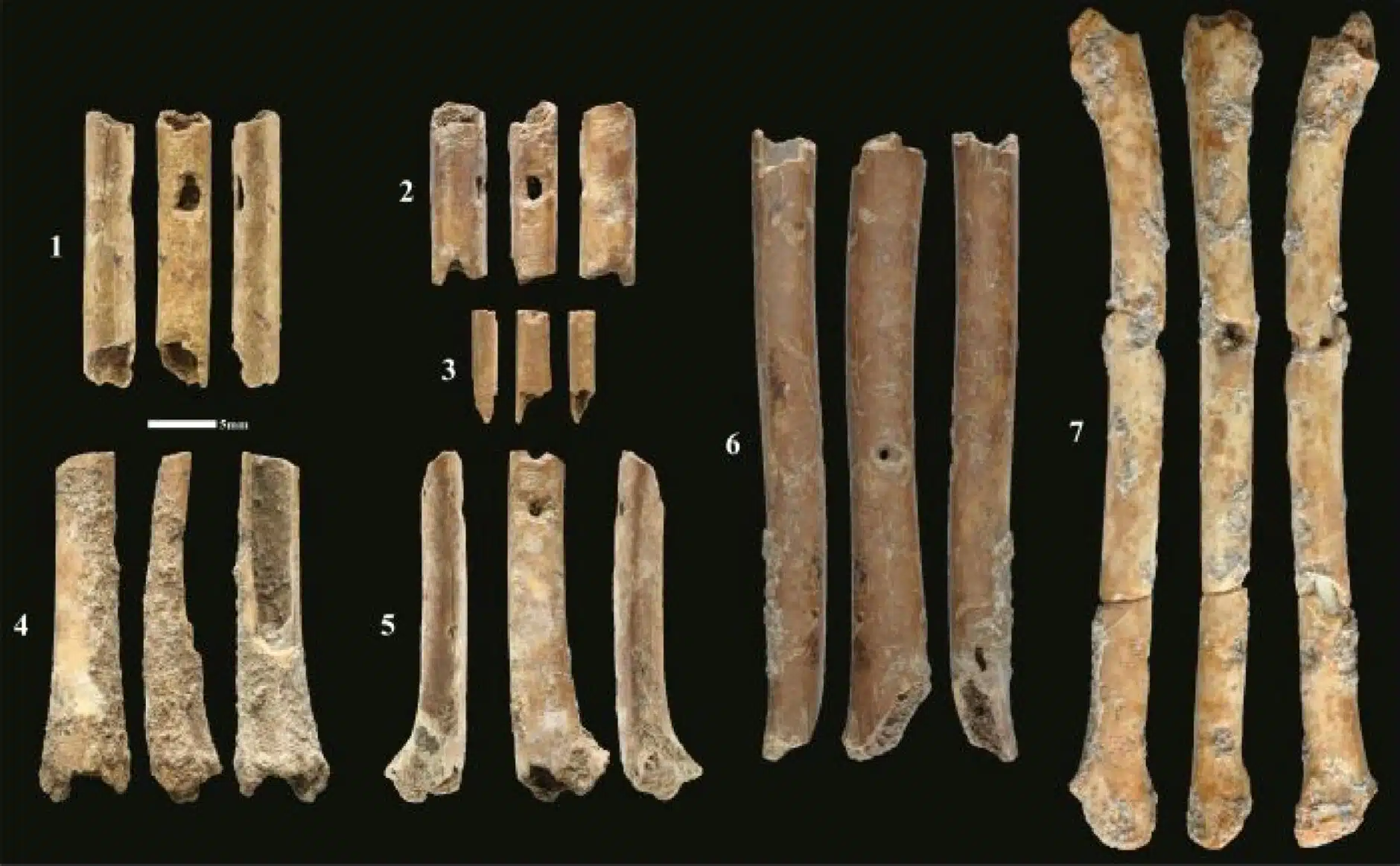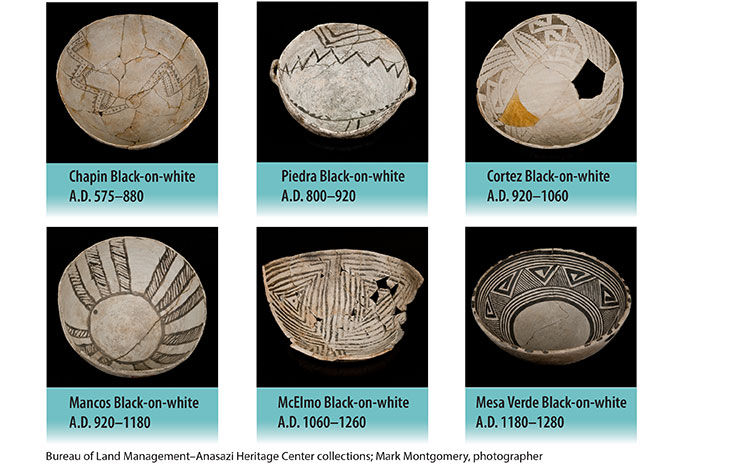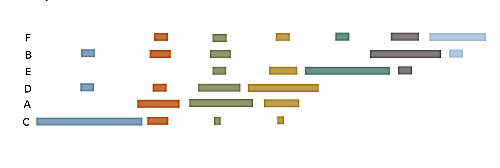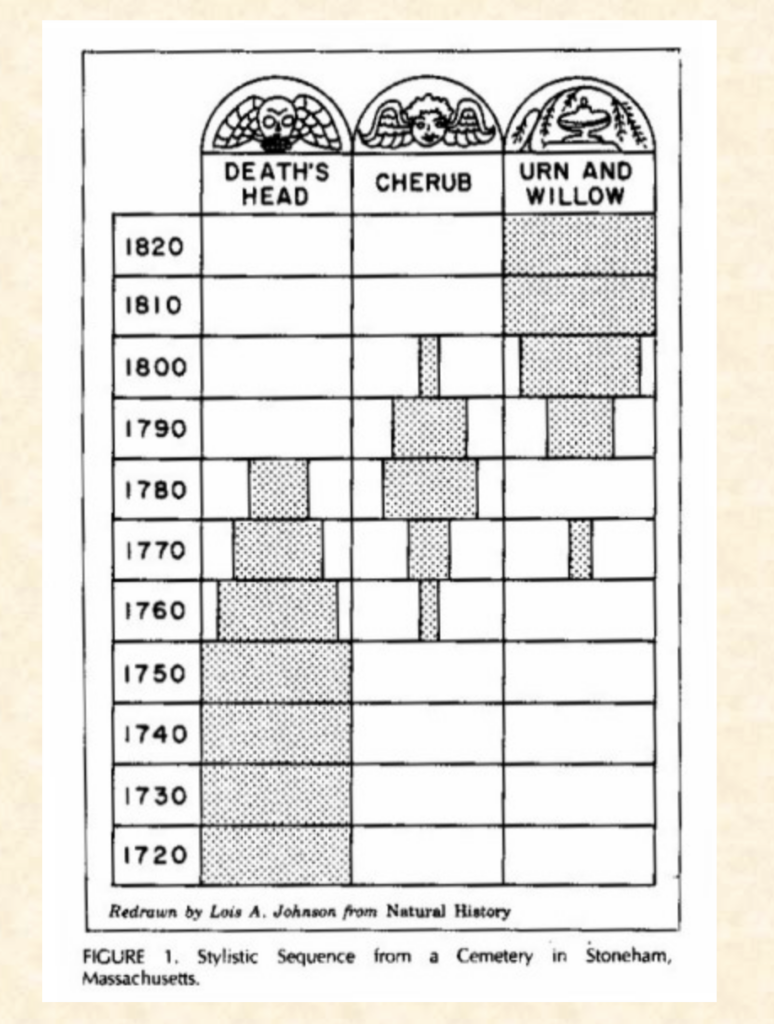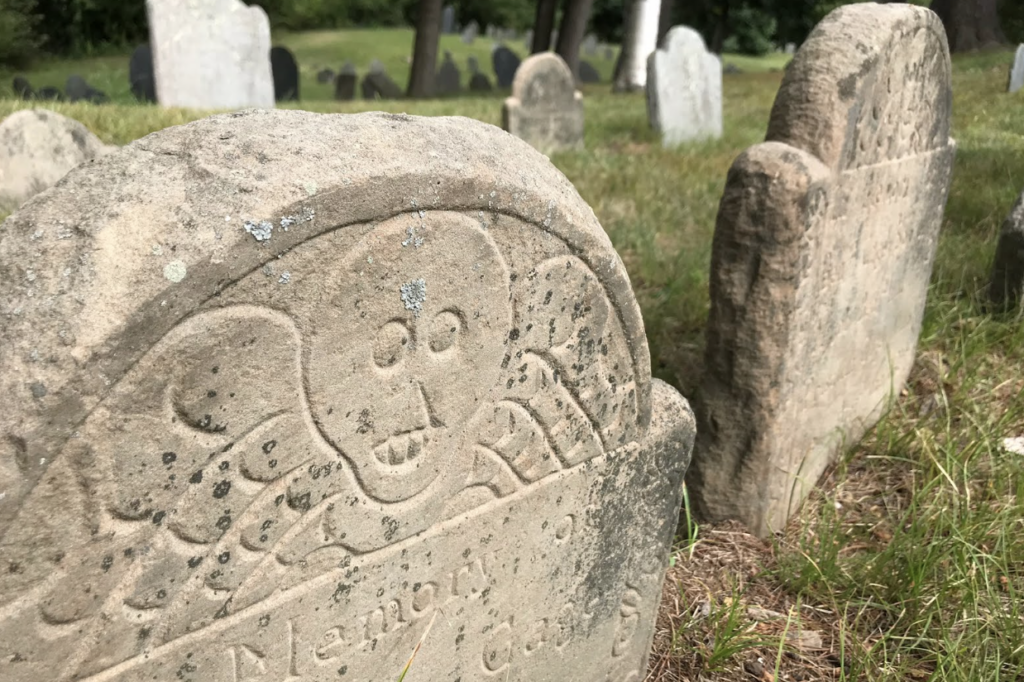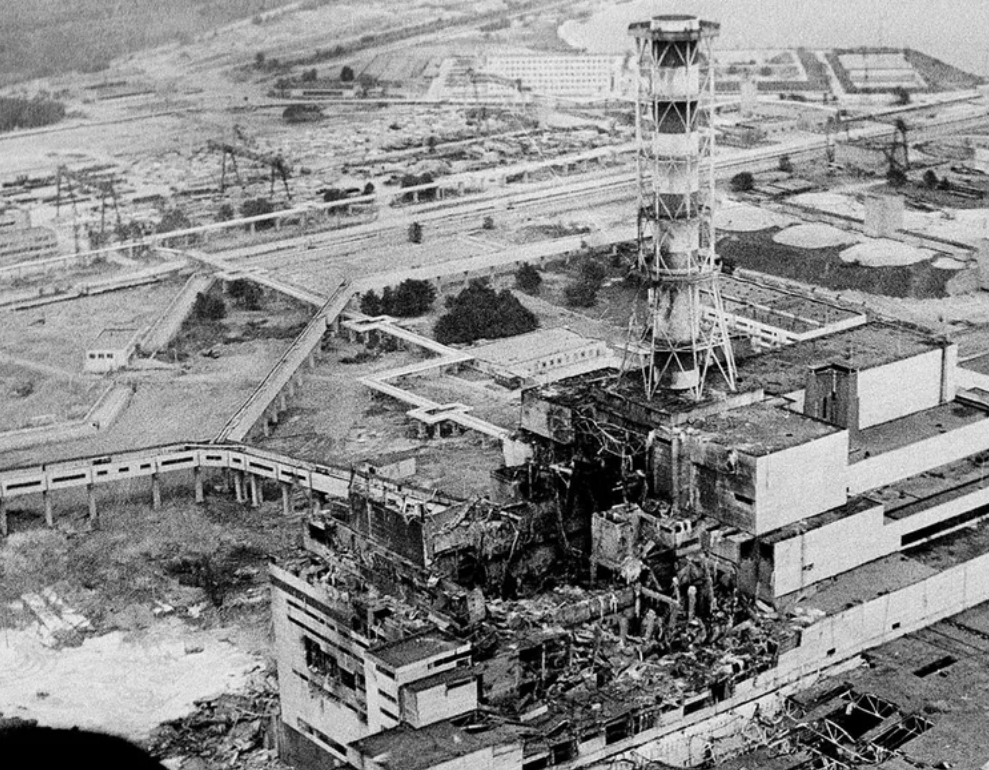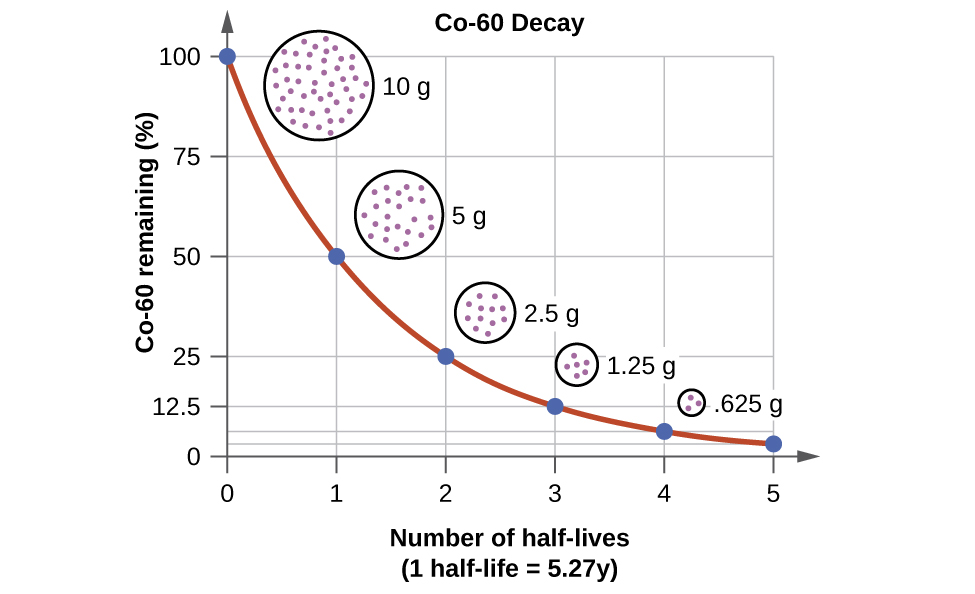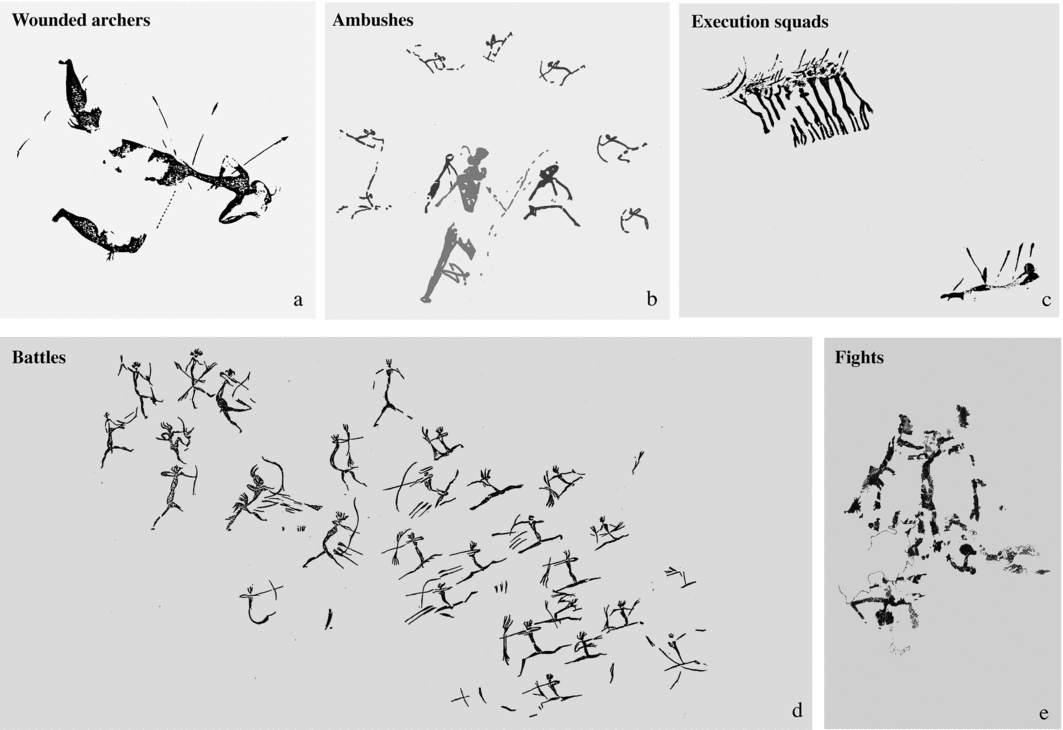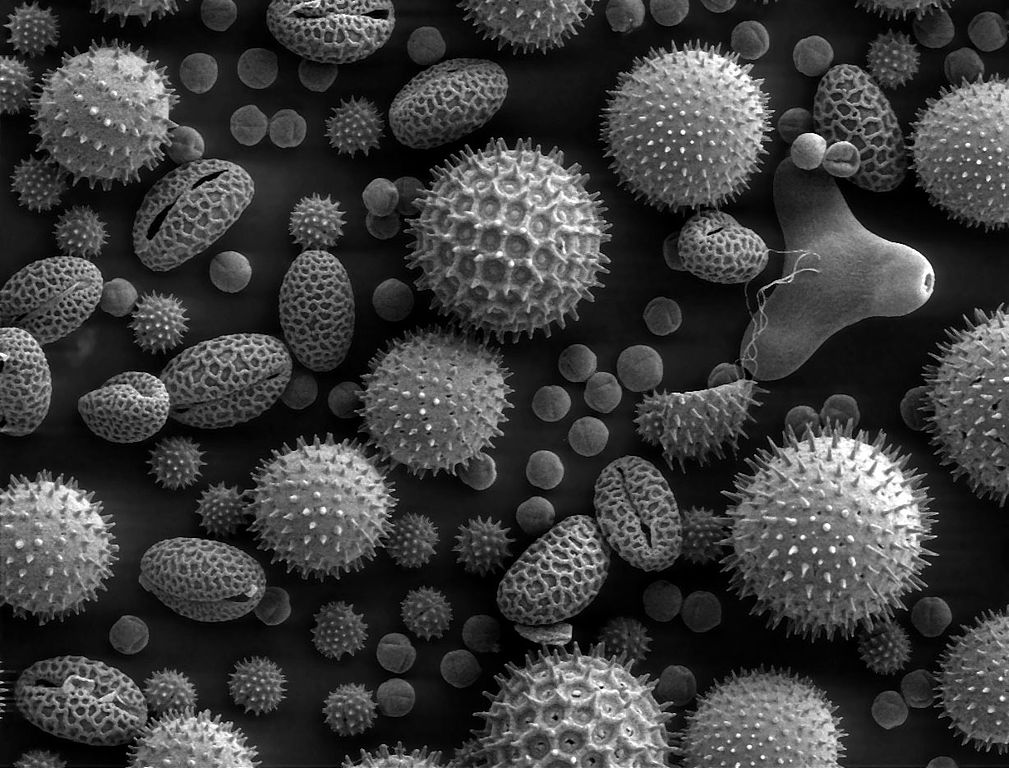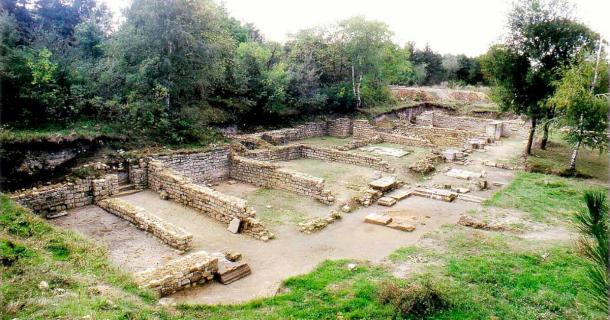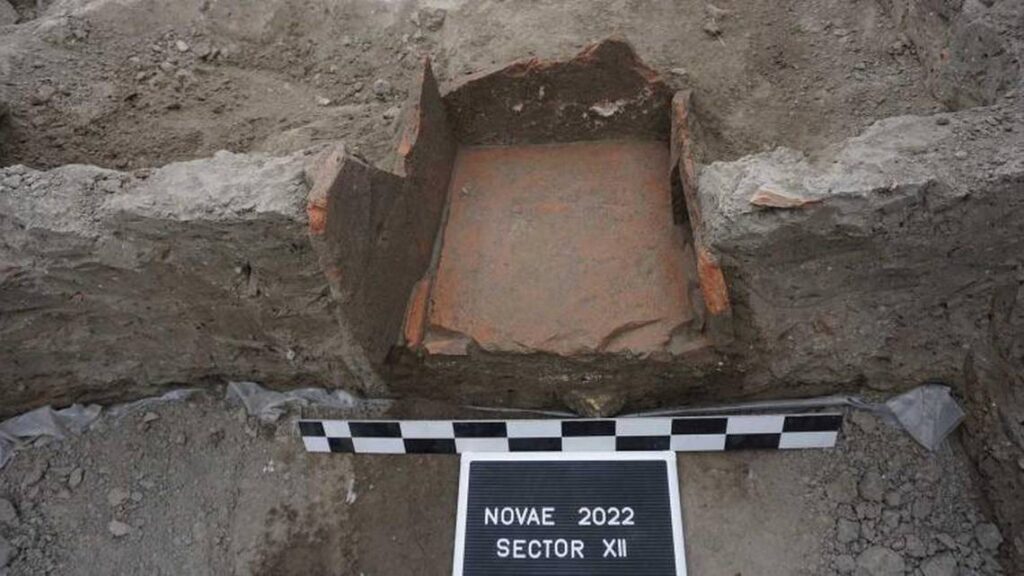Dendrochronology is the scientific method of dating events and understanding environmental changes through the study of tree rings. A subfield of dendrochronology is dendroclimatology which focuses specifically on climatic events, using these tree rings to understand past climates. Tree rings can be very useful in studying big-picture patterns and analysis. If a year is particularly dry the tree’s rings will show up thinner, and on wetter years a tree’s rings are thicker creating a yearly outline of the climate centuries back. Dendrochronology works well in more arid climates, where the trees’ ring growth is more sensitive to environmental changes than trees in humid tropical areas. In the Arctic, and in other countries at high altitudes the size of tree rings correlates not with moisture but with temperature. There trees have thinner rings with the cold and thicker rings with warmth.

The Western U.S. and areas of the Americas, specifically Chile, have a very arid climate which has helped dendroclimatologists understand the climate patterns of this area. There are also some very old trees in the California area which helps to date back centuries. There have been many studies on the trees in these areas as the process works well with the climate and is more clear than in other places. Studies from the Western U.S. have shown a pattern of severe droughts happening about once a century, although only a few are officially classified as megadroughts. Studies on tree stumps underwater have also lined up with the pattern of severe drought. These stumps showed a megadrought that lasted for decades, allowing these trees to grow in streams and lakes. This severe drought was made significantly worse by the effect of humans on the climate. In the Americas, specifically Chile dendroclimatologists discovered a similar pattern to that of the Western U.S. There has been a once-a-century megadrought in the Americas throughout history. These are often preceded by a warm North Atlantic Ocean, rising global temperatures, and a change in the relationship between La Nina and El Nino. With the changes in climate change scientists are concerned that these droughts will become significantly worse. In the late 1500s, there was an incredibly severe megadrought that lasted decades, and today looking at the charts we are reaching similar levels of drought, which is increased by human activity.
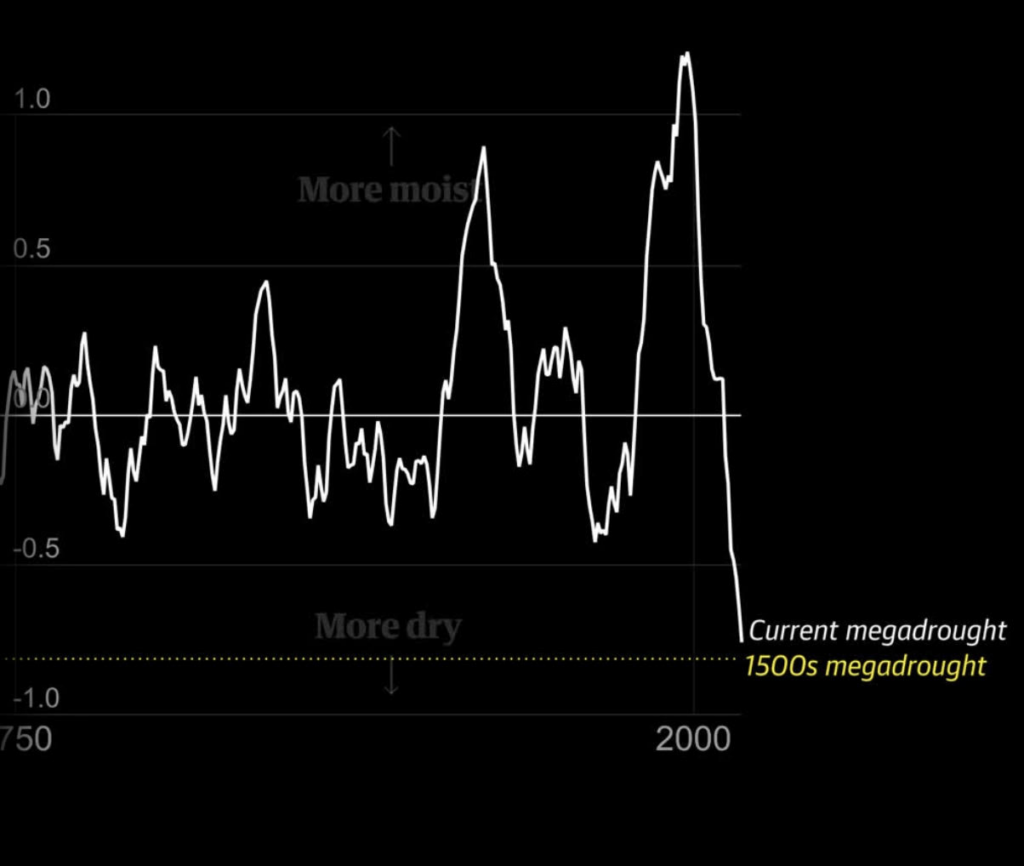
Both the studies in the Americas and in the Western U.S. show that human activity accounts for roughly 46% of the increased severity of the drought. Dendroclimatology can show us the patterns in climate we should be prepared for but can also showcase how human activity worsens and exaggerates natural patterns.
Further Research:
https://www.eurekalert.org/news-releases/622755
https://yaleclimateconnections.org/2022/08/how-climate-change-spurs-megadroughts/
References:
Chang, Alvin. “What Tree Rings Reveal about America’s Megadrought – A Visual Guide.” The Guardian, Guardian News and Media, www.theguardian.com/us-news/ng-interactive/2021/jun/17/tree-rings-america-megadrought-visual. Accessed 17 Sept. 2023.
Nash, Stephen E. “Tree Rings Are Evidence of the Megadrought-and Our Doom.” SAPIENS, 30 Jan. 2023, www.sapiens.org/archaeology/tree-rings-are-evidence-of-the-megadrought-and-our-doom/.
Voosen, Paul. “A Warning from Ancient Tree Rings: The Americas Are Prone to … – AAAS.” Science, 2019, www.science.org/content/article/warning-ancient-tree-rings-americas-are-prone-catastrophic-simultaneous-droughts.

